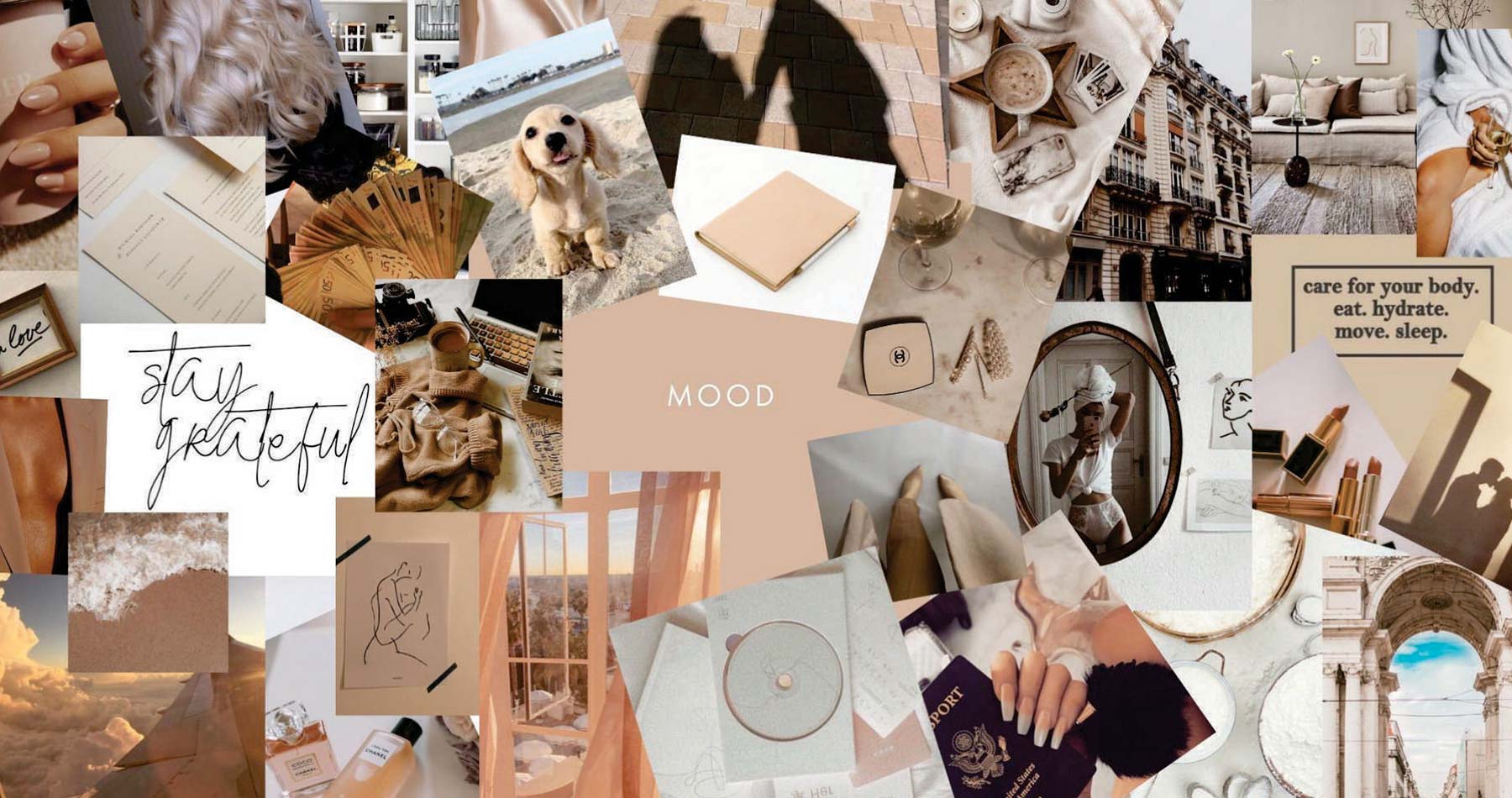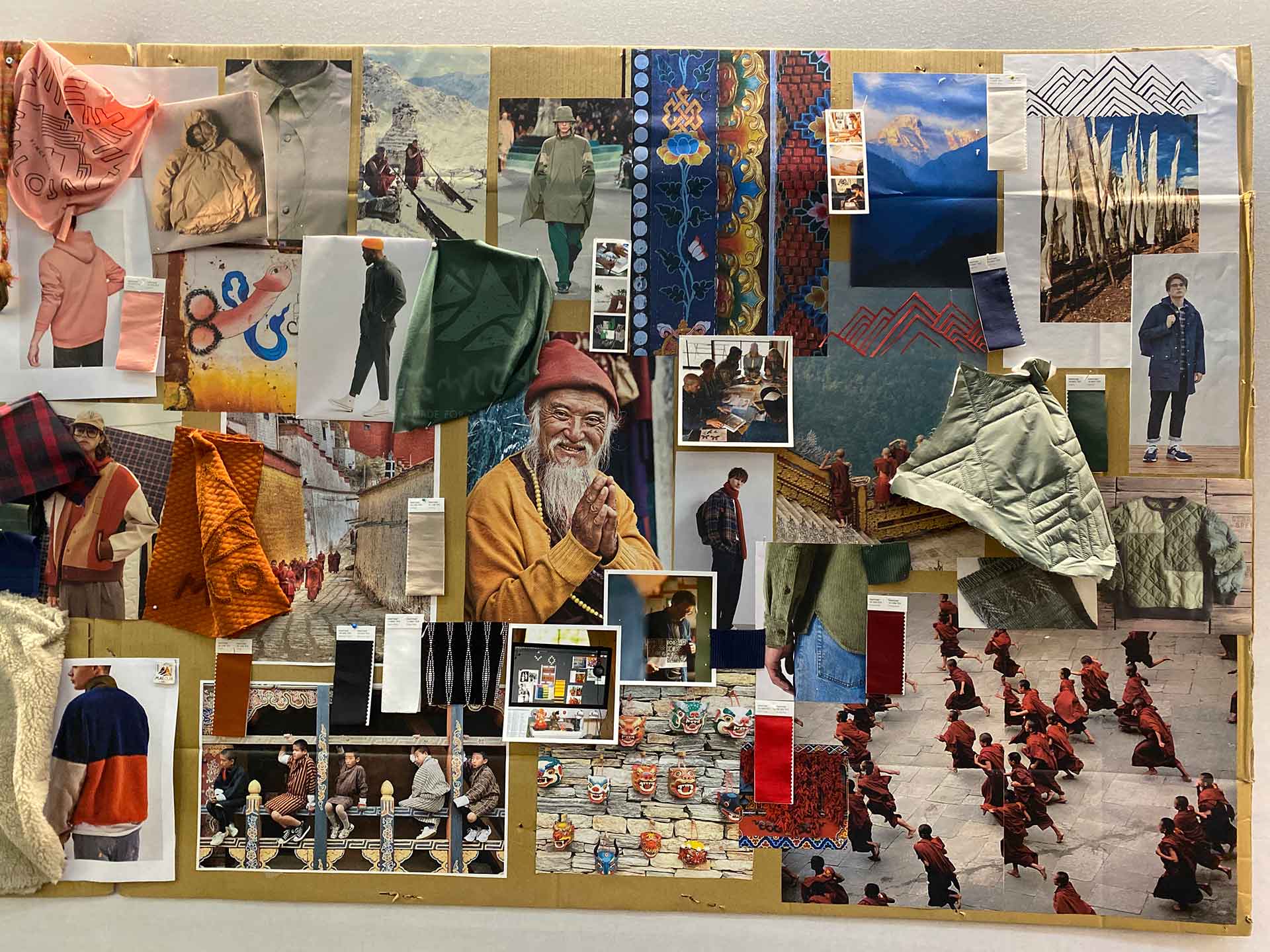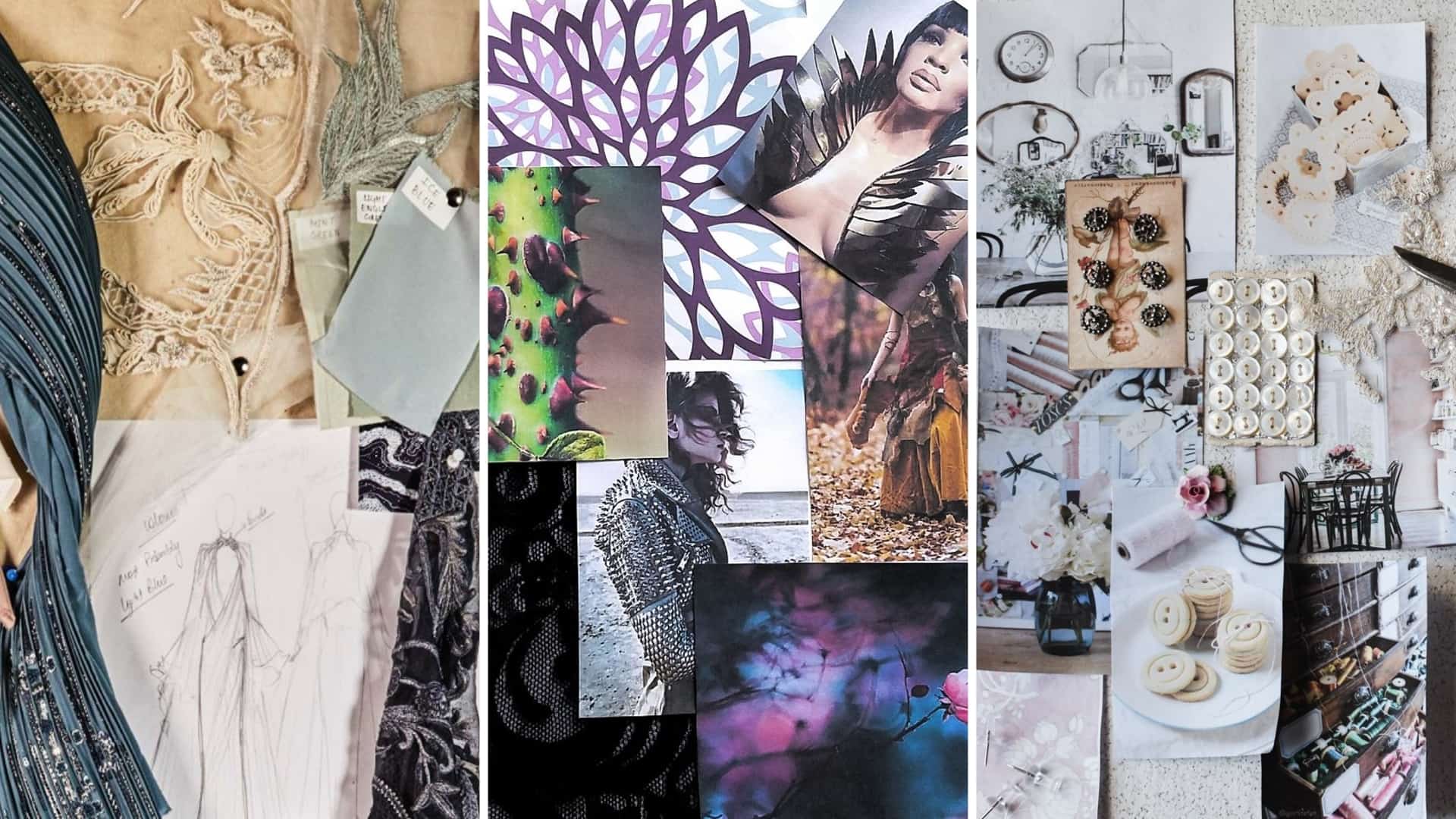Could it be said that you are a design understudy expecting to get done with a course project or your style portfolio?
Or on the other hand do you function as (or need to turn into) a design fashioner, beautician, merchandiser, or occasion coordinator and need to construct a state of mind board for work?
A fashion mood board is a significant device for your vocation in the design business.
In this article, we will make sense of how experts use them in design, cover the means of how to construct a style state of mind board and tell the best way to involve it in your portfolio to rapidly get some work or entry level position in design.
How To Build A Fashion Mood Board?

What’s a fashion mood board?
A design temperament board is a collection of pictures that can incorporate various styles, patterns, varieties, textures, and the sky is the limit from there.
In the style business, it is utilized as a wellspring of motivation and visual guide to work with the innovative flow and characterize business techniques.
Who uses fashion mood boards in fashion?

Design experts across different divisions use temperament sheets as a crucial device to illuminate and direct their innovative flows. Here are a few central participants in the style business who ordinarily depend on temperament sheets.
Fashion Designers
At the core of the style business, fashioners use mind-set sheets as a beginning stage for their inventive vision. From high fashion to prepared to-wear assortments, creators accumulate motivation, investigate drifts, and foster their plan ideas through state of mind sheets. These visual montages act as a guide for making an interpretation of thoughts into unmistakable pieces of clothing, directing everything from texture choice to outline creation.
Stylists
Beauticians assume an essential part in forming the visual story of design through publication shoots, promoting efforts, and honorary pathway appearances. State of mind sheets act as an outline for beauticians, helping them conceptualize and convey their vision to clients, photographic artists, and hair and cosmetics specialists. By arranging pictures that mirror the ideal state of mind, topic, and tasteful, beauticians guarantee durable and effective style narrating.
Fashion photographers
Style photographic artists use temperament sheets to characterize the subject and tasteful of their photoshoots. Finding the right pictures can be useful in social event motivation as well as in deciphering their whole vision for the shoot into a far reaching state of mind board.
You could believe that main imaginative jobs in design use mind-set sheets. However, you ought to realize that experts who work on the business side of the business likewise frequently depend on design state of mind sheets.
Merchandisers
Temperament sheets empower assortment merchandisers to investigate current style and expect future customer inclinations. By integrating pattern conjectures, variety ranges, texture samples, and style references into their mind-set sheets, merchandisers gain bits of knowledge into the key patterns forming the business. This pattern examination illuminates their dynamic interaction and assists them with recognizing the most significant patterns to integrate into the assortment plan.
Fashion Marketing and Brand Managers
In design showcasing and marking, making serious areas of strength for a character is fundamental for building memorability and encouraging customer devotion. Temperament sheets serve design promoting and brand supervisors as an imaginative instrument for showcasing experts to foster marking efforts, visual substance, and web-based entertainment techniques that reverberate with their ideal interest group. By refining brand values and informing into visual components, advertisers create convincing accounts that drive commitment and deals.
Pattern Forecasters
Pattern forecasters start by leading broad examination into social, social, monetary, and mechanical patterns that impact purchaser conduct. They accumulate motivation from a great many sources, including craftsmanship, plan, engineering, film, music, and mainstream society.
Mind-set sheets act as a visual store for their discoveries, permitting pattern forecasters to sort out and distil different impacts into durable subjects and stories. Pattern forecasters curate pictures that reflect moving variety ranges, examples, outlines, and styling subtleties to make a visual portrayal of each pattern idea.
Temperament sheets consequently work with pattern investigation and examination, helping pattern forecasters to recognize examples, associations, and overall subjects across various social and inventive areas.
Event and fashion show organizers/planners
State of mind sheets act as a visual conceptualizing instrument for occasion organizers, design PRs, and style show coordinators to conceptualize subjects and occasion ideas. They make temperament sheets that catch the ideal air, mind-set, and tasteful of the occasion. This lays out a strong subject that directs all parts of occasion arranging, from scene determination to style and mood.
Design occasion coordinators use state of mind sheets to impart their vision to merchants and providers associated with the occasion, whether it's flower vendors, decorators, lighting professionals, or varying media subject matter experts. In style shows, state of mind sheets illuminate runway plan and model styling choices. Coordinators use mind-set sheets to design the format of the runway, including the set plan, lighting situation, and guest plans.
Moves toward construct a style state of mind board

1.Define what the mood board will be used for
Prior to building your mind-set board, explaining your intentions is significant.
What's the extent of your mind-set board?
Who are you going to impart it to?
Do you have to fabricate it to show it to a client as a beautician?
Could it be said that you are building it to foster your assortment as a planner?
Is it safe to say that you are an understudy expecting to make it for a particular project or your design portfolio?
Does it have to address a pattern, the mind-set of a style show, or a promoting effort?
Characterizing the reason and extent of your mind-set board is fundamental as it fills in as the primary beginning stage for its creation. Explaining the reason and crowd of your temperament board will illuminate the substance, format, and in general stylish, guaranteeing it really satisfies its expected job as a visual specialized device.
2. Where to find inspiration and images for the fashion mood board?
Motivation can be found all over the place, from design magazines and online stages to craftsmanship displays and even strolls in nature.
Begin gathering pictures, varieties, surfaces, and examples that reverberate with your style vision. You can track down them on Pinterest, Instagram, magazines, photographs from style shows, and so forth.
Try not to restrict yourself to form related content; draw motivation from engineering, photography, rare banners, and then some. For sure, style experts generally look for thoughts from different enterprises and regions to accumulate motivation and integrate famous patterns into design.
3. How to build a fashion mood board

Design mind-set sheets can be made both carefully and physically, contingent upon your inclination and assets.
Computerized stages like Canva and Adobe Flash proposition easy to use interfaces and an extensive variety of configuration devices.
On the off chance that you lean toward an involved methodology, choose an actual state of mind board utilizing a corkboard, froth board, or even a clear wall as your material. Assemble your chose pictures, texture samples, magazine clippings, and other material materials you've gathered.
4. How to Layout a fashion mood board
Whether your state of mind board will be advanced or physical, smart design and arrangement are critical to making an effective, clear, and coordinated style temperament board.
Try different things with various game plans. Balance is fundamental, guarantee that your state of mind board is outwardly unique yet strong, directing the watcher's eye across the piece. Ensure that it mirrors the idea you have to you.
